Selecting the perfect beef brisket for a homemade BBQ involves choosing a prime cut with desirable marbling, weighing 10-12 pounds for optimal cooking and meal substance, and refrigerating for maximum freshness. Dry rub seasoning, made with black pepper, garlic powder, onion powder, salt, paprika, chili powder, and brown sugar, enhances flavor and texture. Marinades, whether dry rubs, wet marinades, or brining, customize taste and tenderize the brisket. Braising involves seasoning, searing, then slow-cooking in liquid for a melt-in-your-mouth result. Smoking at 225°F (107°C) with woods like oak, hickory, or mesquite infuses flavor without burning. Sliced across the grain and served with BBQ sauce and sides, homemade BBQ beef brisket is a centerpiece for gatherings, reheatable, and storable for up to 4 days.
Unleash the ultimate taste sensation with our guide to crafting the perfect homemade BBQ recipe – savory beef brisket seasoned to perfection. From selecting the ideal cut to mastering the art of slow cooking and smoking, we’ll navigate you through every step. Learn the science behind tenderization and discover creative marinating techniques. Whether you’re a seasoned pitmaster or a novice cook, this comprehensive journey ensures your brisket becomes the centerpiece of any gathering, leaving friends and family craving more.
- Selecting the Perfect Cut: Choosing Your Beef Brisket
- Dry Rub Seasoning: Crafting the Classic BBQ Blend
- Marinating Techniques: Infusing Moisture and Flavor
- Slow Cooking 101: Mastering the Art of Braising
- Smoking It Right: Achieving That Charred, Smoky Delight
- The Science Behind Tenderization: Breaking Down Collagen
- Servings Suggestions: Pairing and Presentation Ideas
- Tips for Reheating and Storing Your Delicious Brisket
Selecting the Perfect Cut: Choosing Your Beef Brisket
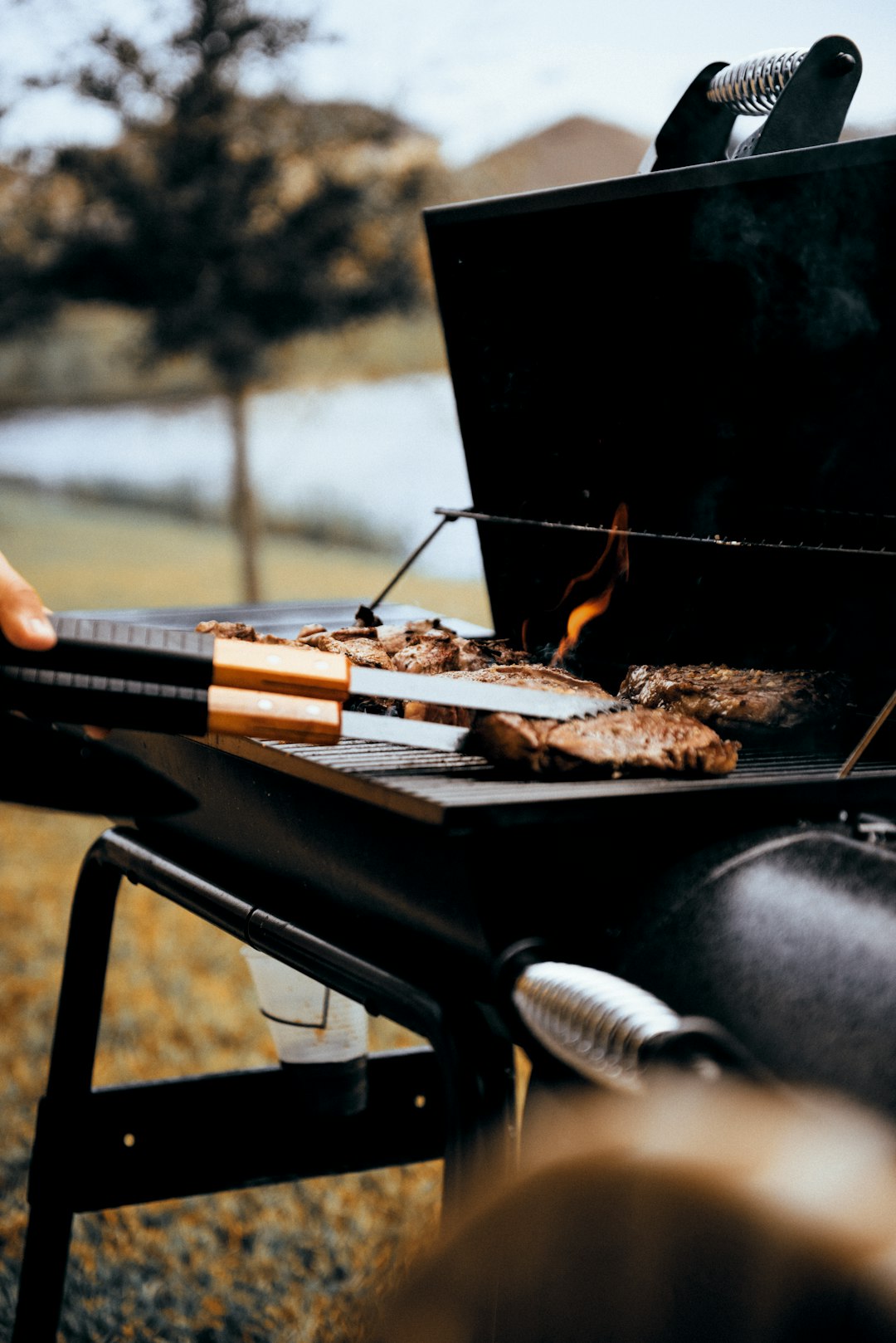
When crafting your homemade BBQ recipe, selecting the right cut of beef brisket is paramount to achieving an authentic, savory taste. Look for a prime, full brisket with good marbling—the fat streaks running through the meat. This ensures both flavor and tenderness as it cooks slowly over low heat. The ideal brisket should weigh between 10-12 pounds; larger cuts may take longer to cook evenly, while smaller ones might not provide enough substance for a hearty BBQ meal.
Consider sourcing your beef brisket from reputable butchers who can guide you in choosing the best cut for your needs. Proper storage is also key; keep it refrigerated until cooking to maintain freshness and maximize flavor. This attention to detail will significantly contribute to the overall quality of your homemade BBQ, making it a true favorite among family and friends.
Dry Rub Seasoning: Crafting the Classic BBQ Blend

Dry Rub Seasoning is a crucial component in crafting an authentic homemade BBQ recipe for beef brisket. This classic blend of spices not only enhances the natural flavors of the meat but also contributes to its tender and juicy texture after slow-cooking. The perfect dry rub combines coarsely ground black pepper, garlic powder, onion powder, salt, paprika, chili powder, and a touch of brown sugar for a balanced mix of heat, savory, and sweetness. Each ingredient plays a vital role in developing the complex taste profile that defines great BBQ brisket.
When preparing your homemade dry rub, remember that the key to success lies in measuring each spice accurately and combining them seamlessly. You can adjust the proportions based on personal preference, whether you prefer a more robust or mild flavor profile. Once mixed, the seasoning should be stored in an airtight container until ready to use, allowing the flavors to meld together for optimal results in your BBQ brisket cooking adventure.
Marinating Techniques: Infusing Moisture and Flavor
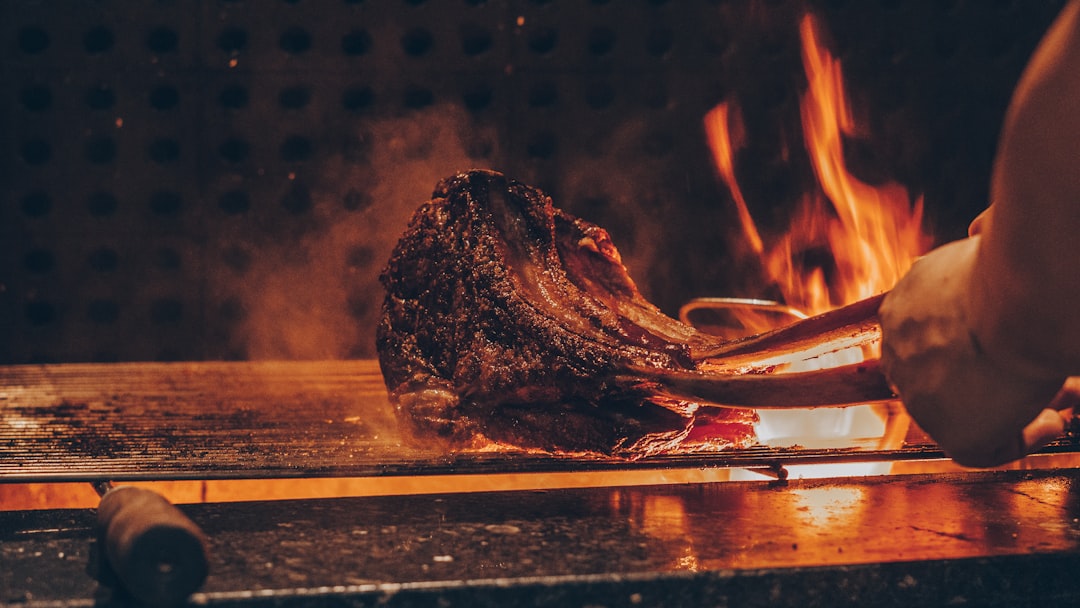
Marinades are a game-changer for any homemade BBQ recipe, especially when it comes to beef brisket. The process of marinating involves submerging the meat in a flavorful liquid for an extended period, allowing the ingredients to penetrate and infuse the brisket with moisture and taste. This technique not only tenderizes the meat but also adds depth and complexity to the final dish.
There are various methods to marinate beef brisket, each offering unique benefits. One popular approach is to create a dry rub, a mixture of spices, herbs, salt, and pepper, which is rubbed directly onto the meat. This method provides a robust, savory flavor that clings to the brisket during cooking. Alternatively, for a more intense flavor infusion, you can opt for a wet marinade, typically made with a combination of oil, vinegar, mustard, and various spices. Brining is another technique worth exploring, where the brisket is soaked in a salt-rich solution, resulting in a moist, tender finish. These different marinating techniques allow you to tailor the flavor profile to your preference, making your homemade BBQ recipe truly authentic and mouthwatering.
Slow Cooking 101: Mastering the Art of Braising
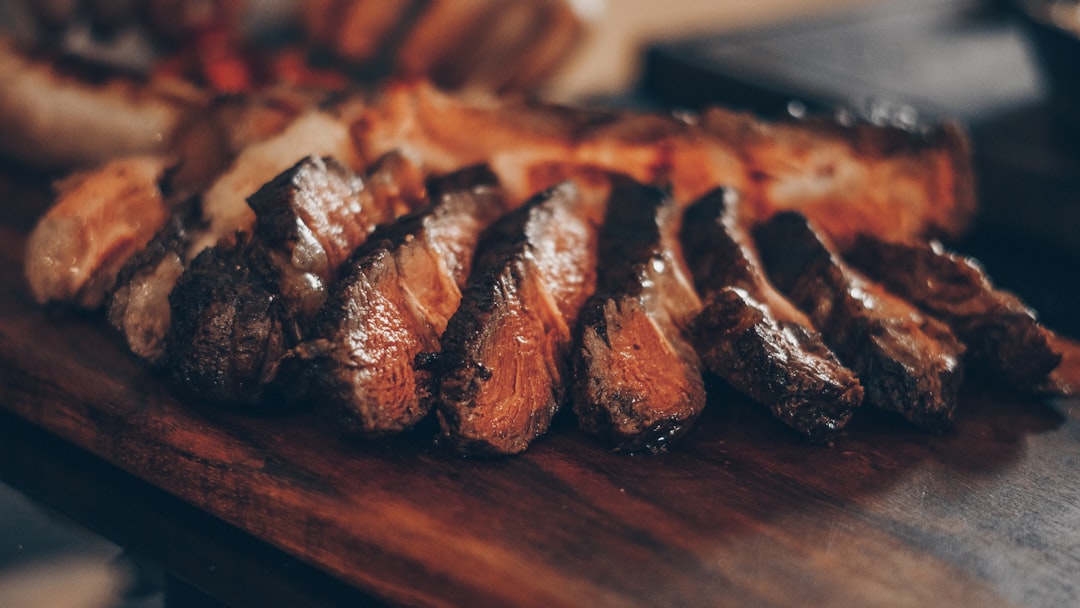
Slow Cooking 101: Mastering the Art of Braising
Braising is a cooking method that combines slow, moist heat with direct heat to tenderize tough cuts of meat and infuse them with rich, savory flavors. For our homemade BBQ recipe featuring beef brisket, this technique is key to achieving an authentic, melt-in-your-mouth texture. Start by seasoning the brisket generously with your favorite blend of spices—salt, pepper, garlic powder, and onion powder are staples—then sear it on all sides in a hot skillet to lock in those flavors.
Once browned, transfer the meat to a slow cooker or Dutch oven, adding liquid such as beef broth, beer, or even apple juice for added moisture. The slow cooking process takes several hours, allowing the brisket to become incredibly tender. This method is not only ideal for making delicious homemade BBQ but also ensures that your meal is stress-free and requires minimal effort, perfect for any busy cook looking to impress their family and friends with a mouthwatering savory beef brisket dish.
Smoking It Right: Achieving That Charred, Smoky Delight
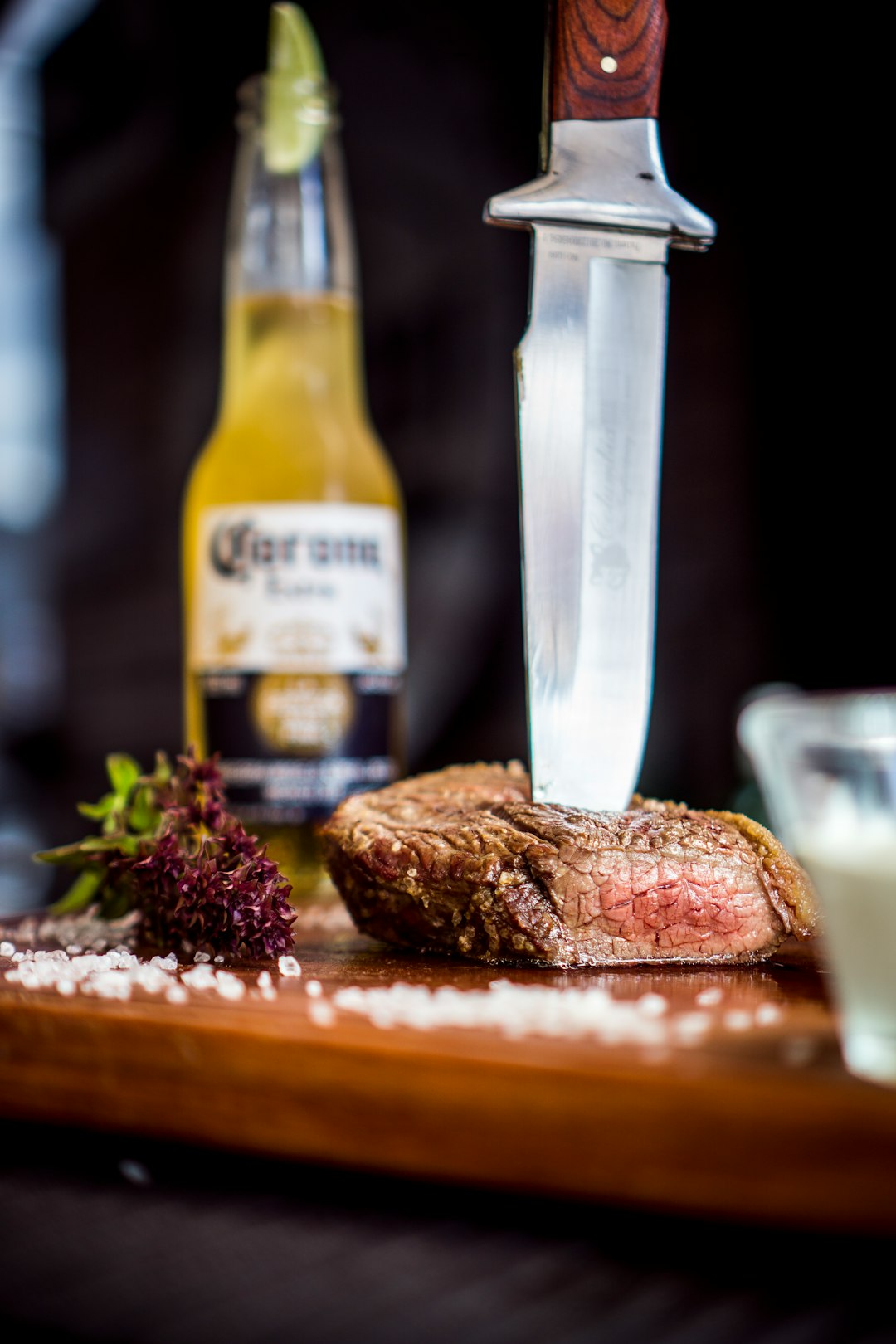
Smoking meat is an art that takes time, patience, and practice to master, especially for a homemade BBQ recipe like beef brisket. The key to achieving that charred, smoky delight lies in understanding the science behind it. First, control the temperature; low and slow cooking at around 225°F (107°C) allows the smoke to penetrate deep into the meat while preventing excessive burning. This process takes several hours, but the result is a tender, flavorful brisket that practically falls apart.
During smoking, pay close attention to the smoke itself. The ideal homemade BBQ recipe will infuse the meat with a subtle, sweet, and slightly bitter flavor profile from the wood chips or chunks used. Oak, hickory, and mesquite are popular choices for beef brisket due to their distinct taste and ability to add complexity without overpowering the natural meat flavors. Regularly baste the brisket with your favorite BBQ sauce to enhance the smoky taste and keep it moist as it cooks.
The Science Behind Tenderization: Breaking Down Collagen

The key to achieving tender, mouthwatering beef brisket in your homemade BBQ recipe lies in understanding the science behind collagen breakdown. Brisket is a tough cut of meat due to its high collagen content, which forms strong bonds between muscle fibers, making it firm and chewy. The cooking process plays a pivotal role in transforming this tough meat into a delectable delicacy.
Heat gradually breaks down these collagen bonds, causing the fibers to unravel and separate. This structural transformation occurs at different rates depending on temperature and cooking duration. Slow, low-temperature cooking, such as smoking brisket for extended periods, allows enzymes to naturally break down collagen, resulting in remarkably tender meat. The slow and steady heat from smoking not only softens the collagen but also adds profound flavors, making it an indispensable technique for crafting an authentic homemade BBQ experience.
Servings Suggestions: Pairing and Presentation Ideas
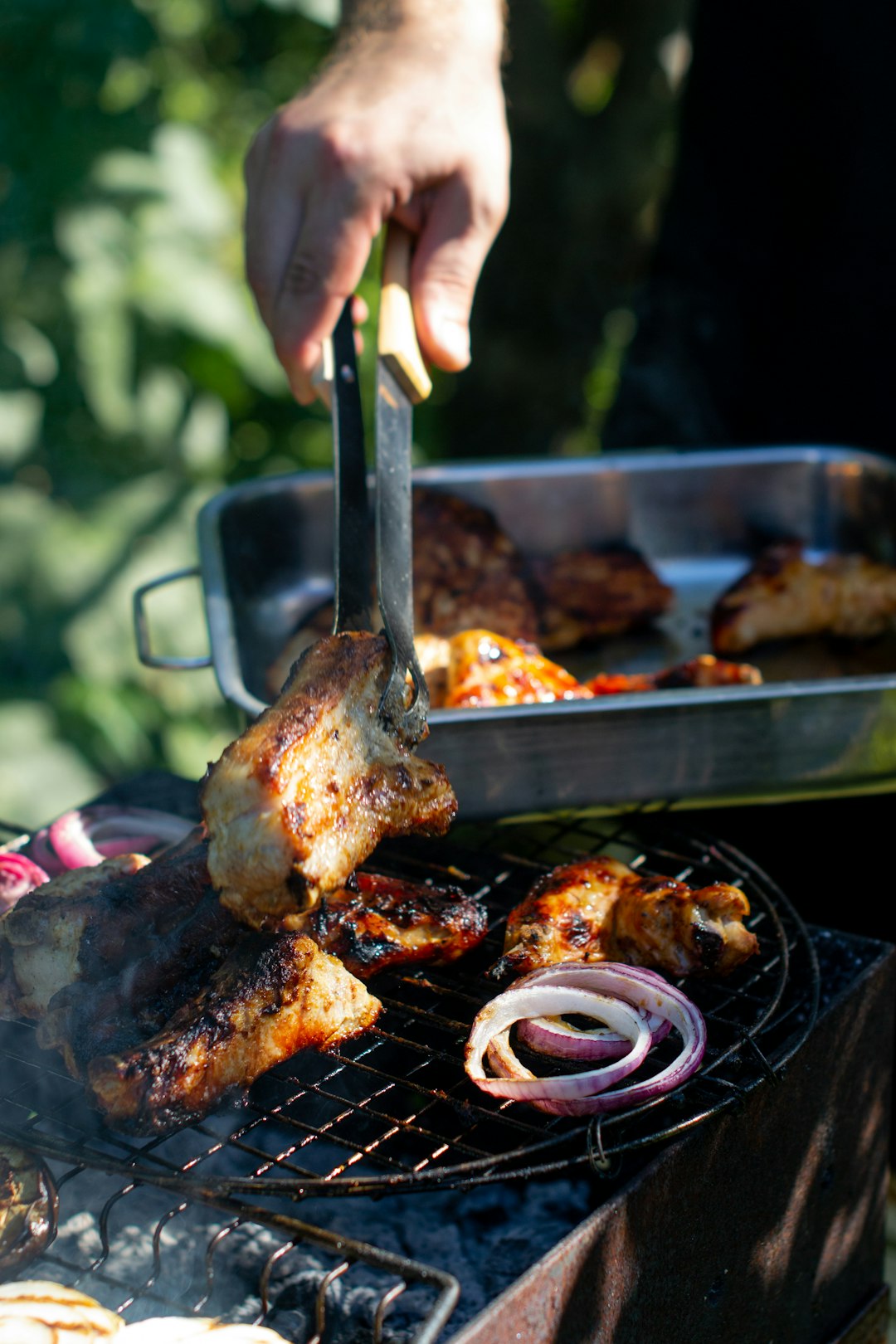
When serving your homemade BBQ beef brisket, consider preparing a substantial portion for each guest, as it’s a hearty dish. Aim for approximately 3-4 ounces per person to ensure everyone gets a satisfying taste. This savory treat can be the centerpiece of a casual gathering or a formal dinner party.
For an appealing presentation, slice the brisket thinly across the grain and arrange it on a platter with a selection of sides. Accompany it with homemade BBQ sauce drizzled over the top and fresh herbs for a vibrant touch. You can also offer a variety of condiments like coleslaw, cornbread, or baked beans to complement the rich flavor. This creative pairing will leave your guests impressed and craving more of your mouthwatering Homemade BBQ Recipe.
Tips for Reheating and Storing Your Delicious Brisket
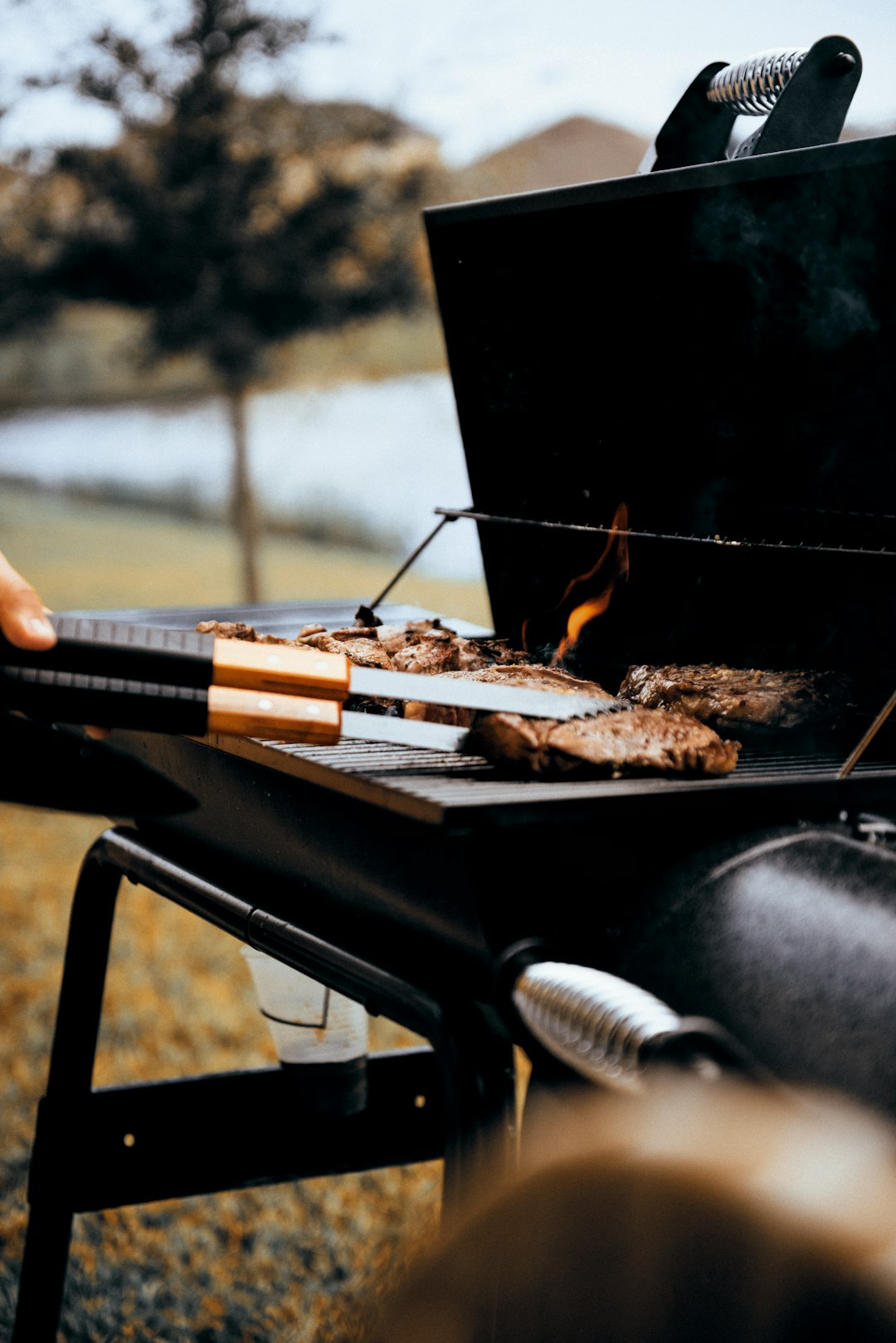
Reheating and storing your homemade BBQ beef brisket properly is key to maintaining its mouthwatering quality. After cooking, allow the brisket to rest for 20-30 minutes before slicing. This resting period ensures juicy results and makes it easier to slice against the grain.
For reheating, warm the oven to a low temperature (around 250°F/120°C). Place the sliced brisket in an oven-safe dish and cover with foil. Reheat for approximately 30 minutes or until warmed through. Avoid overcooking or drying out the meat. Store leftover brisket in airtight containers in the refrigerator for up to 4 days, or freeze for longer periods using vacuum-sealed bags.
